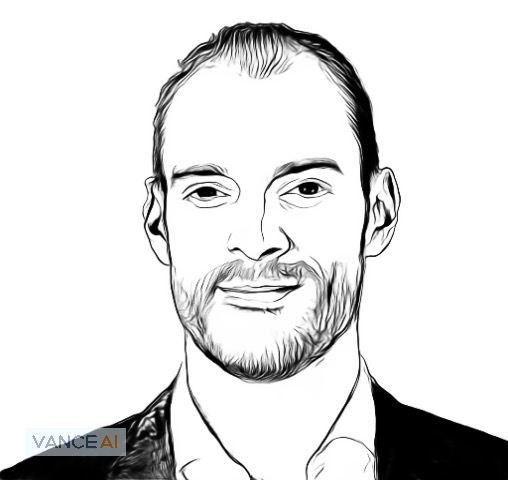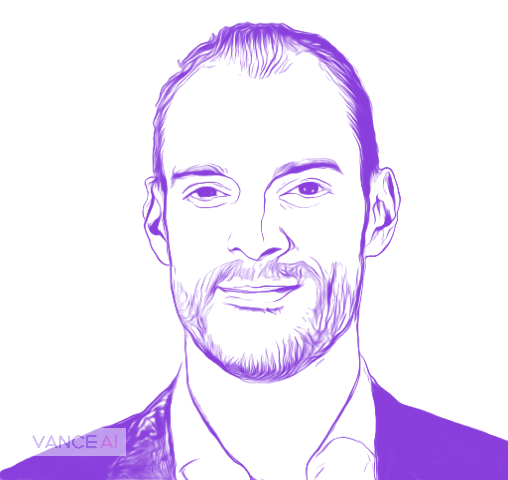Tactics to Rev Up a Hotel’s Human Stack




Synopsis
This article delves into the complex interplay between human capital and technology in the hotel industry. Not to be mistaken for a mere IT department, the human stack comprises every key manager and executive who shapes and supervises the implementation and ongoing use of a hotel's technology systems. The book discusses the development of the Teams and Tech (TNT) Program, a consultancy initiative aimed at improving not just a hotel's tech stack, but also process innovation for faster decision-making and increased productivity. The text identifies common challenges like departmental silos, non-empowered teams, and inefficient meetings, and offers practical solutions to transform them. It provides a roadmap to optimize individual productivity and team efficiency, all with an eye toward maximizing the total revenue per guest (TRevPAR). The book emphasizes the crucial need for this 'human stack' to adapt and evolve swiftly in the face of global challenges like inflation, climate change, and labor shortages.
From the title, you may think it’s a typo. Human stack…don’t we mean tech stack? No, but as with everything else in hotel operations, it’s complicated.
Every hotelier around the world already knows that this is a people-first industry. Not even a fancy, new generative pretrained transformer will change this. But we use the word ‘stack’ to infer the increasing degree of reliance on technology that hotels now need to stay competitive and maximize owner returns.
The human stack therefore represents the team that makes your technology a reality. Because the faster you can realize a tech-centric reality for your organization, the more efficiencies you will achieve and the more revenue streams you will fully activate. And then there’s the perfunctory inclusion of the word ‘automation’, whereby more and more of this is constantly needed on this front to optimize staff efficiency and managers’ productivity.
But don’t make the mistake of labeling the human stack as simply another word for the IT department. Yes, they are instrumental but the human stack is far more than just IT because technology involves nearly every other department and thus requires their input at every step of the way, from initial discussions of current pain points and manual processes right through to new implementations and team training.
The human stack instead encompasses every key manager and executive who decide upon and supervise the ongoing usage of a hotel’s technology systems. It comprises both the technical expertise to complete installations and interfaces (most likely the IT team and external, fractional resources), as well as the business acumen and organizational cadence that determine what the overall vision is, what’s needed right now, what’s being solved, what the budget is and what gets prioritized.
In this sense, the human stack is the core engine that spins the tech stack. And right now in the middle of 2023, this core engine needs to rev a lot faster in order to keep apace with all the various changes that are happening in the world. Inflation, climate change action, labor shortages – take your pick, there
are battles to be fought.
This present-day need for revving up the human stack was the inspiration for our development of our Teams and Tech (TNT) Program, wherein our consultancy not only advises on how to improve a hotel’s tech stack but also looks at process innovation so that internal decision making is faster and so that teams make better use of their limited time to be more productive.
While every hotel is different, when we’re talking about process innovation, there are some common threads. Departmental silos are still common, which lead to goal misalignment and a non-optimized total revenue per guest (TRevPAR). Not empowering teams can also lower morale and is a silent contributor to both quiet quitting and manager turnover. But really there are some quick ones that many hotels can attain by expediting only meetings and email cadence.
On the first of these two, what we’ve noticed is that when people have meetings all day, they have to time or energy in reserve for the real work – for creating something of value that will propel the organization’s goals forward on a reasonable timeframe.
From this, we present the following tactics for you to consider:
- Shorter Meetings: asking first if an hour timeslot can be compressed into half an hour, then look at early adjournments (50 minutes versus an hour; 25 minutes versus half an hour) so attendees have time to reflect
- Structured Meetings: every gathering should have a detailed agenda that is followed sequentially, while every attendee should have a specific purpose for being present with specific tasks assigned to those attendees at the meeting’s conclusion (if not, then they shouldn’t be there) as well as a designated minute-take for others who couldn’t attend to read in
- Clustered Meetings: an open calendar where meetings can be slotted in whenever isn’t how you maximize individual productivity because people need dedicated blocks of time to attain a ‘flow state’, so instead bunch meetings on specific days of the week, don’t schedule recurrent meetings unless they are absolutely critical and empower teams to send only one representative
- Normalized Solo Time: aside from letting teams divide and conquer, hotel cultures must work to change the act of declining invitations to something that’s accepted to protect each manager’s time, especially if these meetings interfere with this team member’s ‘flow blocks’ or dedicated periods of deep, concentrated, creative work that should also be visible on a shared calendar
And next, for emails it’s less so about the cognitive drain of meeting all the time but the interruptive nature of electronic communications. One email may only take five seconds to read and delete, but they come in intermittently and when combined with social media or text messages it’s difficult for the modern knowledge worker within hotel organizations to reach a state of ‘flow’ whereby their sole focus on one given task increases the speed and caliber with which that one task is completed.
Alas, some solutions for the email crisis we all confront nowadays:
- Deploy More Automation: yes, you need more data connections via a customer data platform (CDP) or robotic process automation (RPA) to fill in the gaps so as to limit the bounty of interruptive busywork your teams are required to handle on a given day
- Project Management Software: lots of great cloud collaboration tools now exist to transfer task coordination away from the inbox and, significantly, compartmentalize information for faster employee recall
- Calendar Sharing: eliminate those long email threads where you are simply trying to decide on a time to meet by giving access to others to view your current availability and book on your behalf, as well as setting up an online calendar booking platform
- No Carbon Copy Necessary: as more of a cultural shift with greater trust amongst various team members, the act of CCing everyone on an email thread should be avoided, with policies put in place for when it is necessary
Ultimately, why we stress process innovation and perhaps conducting your own TNT audit is that things have to start moving faster. More efficiencies on all fronts enable teams to be simultaneously more creative and more guest-facing, and it is these two qualities that will allow a hotel to continue to grow within any economic environment.